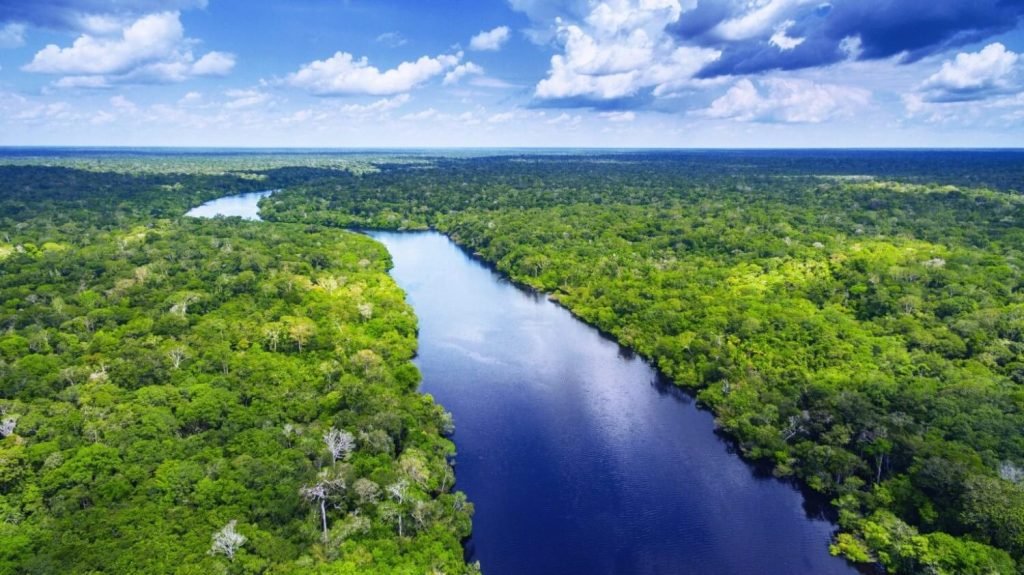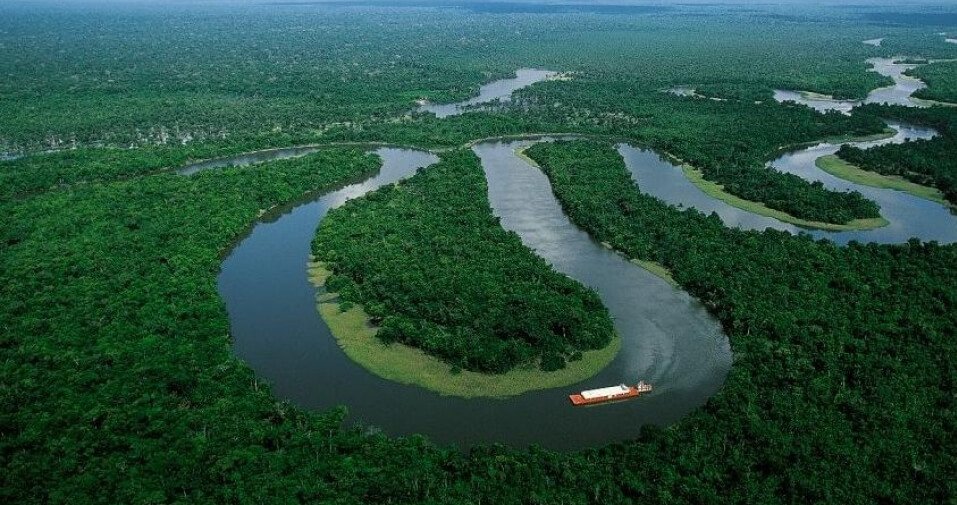The Madre de Dios River is one of the jewels of the Peruvian Amazon, a meandering waterway that runs through one of the most biodiverse and unspoiled regions of the planet. This majestic river offers a unique fishing experience for nature and adventure lovers, attracting anglers from all over the world in search of exciting challenges and the opportunity to get in touch with the exuberance of the rainforest.
Aquatic Diversity: A World of Fascinating Fishes

The region surrounding this immense river is characterized by its rich diversity of wildlife and is home to some of the most fascinating species of Amazonian fauna and flora. The river is home to a great variety of fish, such as piranhas, tucunarés, pacus, dourados, pirarucus, among others. This abundance of species makes fishing in the river an exciting and challenging experience.
The adventure for many anglers begins in Puerto Maldonado, a town near the river. This serves as the starting point for fishing expeditions. Anglers often rely on the guidance of experienced guides who know the area in depth and know where to find the best fishing spots. In addition, these guides have a deep respect for nature. As such, they ensure that fishing is conducted in a sustainable manner, respecting local regulations to preserve the region’s fragile ecosystems.
Challenges in the Amazon’s Impressive Waters
During fishing, fishermen put their skills and techniques to the test. This takes place in murky waters surrounded by breathtaking scenery. The Amazon rainforest offers a magical and imposing backdrop, where monkeys leap from branch to branch and exotic birds soar through the sky. The experience of being surrounded by rich biodiversity in its natural habitat is truly unforgettable.
In addition to fishing, many anglers take the opportunity to explore the rich culture of the river communities along the Madre de Dios River. Interacting with these communities offers a unique perspective of the Amazonian way of life, its traditions, handicrafts and typical cuisine. The hospitality of these communities is remarkable, and visitors are often greeted with warm smiles and fascinating stories about life in the jungle.
It is essential to mention the importance of preserving the Madre de Dios River and its surroundings. Sustainable fishing is key for future generations to enjoy this wonderful experience in the Peruvian Amazon. In addition, awareness of environmental conservation is essential. Practicing responsible fishing techniques protects the unique biodiversity of this delicate ecosystem.
In conclusion, fishing in the Madre de Dios River is much more than a leisure activity; it is a journey into the essence of the Amazon. Venturing into these wild waters creates a deep connection with nature and leaves lasting memories to last a lifetime. The combination of breathtaking scenery and rare fish species is extraordinary. Local hospitality makes this an exciting and rewarding experience for fishing and nature lovers.
Fish of the Madre de Dios River

The fishes of the Madre de Dios River: aquatic treasures of the Peruvian Amazon
The meandering and majestic Madre de Dios River is much more than a watercourse that crosses the Peruvian Amazon. It is an authentic aquatic sanctuary that harbors an incomparable wealth of fish and aquatic species. The river and its tributaries, known for their exuberant biodiversity, are home to a fascinating variety of fish. This diversity makes fishing and studying these creatures a unique experience for nature lovers and scientists alike.
Pirarucú and Tucunaré: Legends of the Madre de Dios River
- One of the most emblematic and legendary fish of this great river is the pirarucu (Arapaima gigas). The pirarucu is a freshwater giant, reaching impressive lengths of up to 3 meters and weighing more than 200 kg. This prehistoric species is one of the largest scaled fish in the world. It is also a prominent symbol of the Amazon region. Its fishing is highly regulated, as it is a vulnerable and endangered species due to overfishing and habitat degradation.
- Another star of these waters is the Tucunaré (Cichla sp.), a vibrantly colored fish with predatory behavior. The tucunaré is a very popular sport fish, attracting anglers in search of exciting challenges and memorable fights. In the region, there are several species of Tucunaré. Each one presents different color patterns and habits, which makes the fishing even more interesting.
Piranha, Pacu and Other Fascinating Species
Piranhas (Serrasalmus sp.) are also common inhabitants of the waters of the Madre de Dios River. Despite their aggressive and dangerous image, piranhas are crucial for balancing aquatic ecosystems. Fishing for these fish is permitted in some areas, but with restrictions to ensure their proper conservation.
Another fish that challenges anglers and delights observers is the pacu (Piaractus brachypomus). This omnivorous fish has a structure similar to that of the piranha, but its behavior is usually peaceful. The pacu can reach impressive sizes and is known for its varied diet, which includes fruit, seeds and small fish.
Other fish species include the Surubim (Pseudoplatystoma sp.), an Amazonian leatherfish, the Matrinxã (Brycon sp.), known for its tasty meat, the dazzlingly colored Jatuarana (Crenicichla sp.), and the Dourado (Salminus brasiliensis), a scaly fish prized for its strength and fishing skills.
Importance of Sustainable Fisheries and Conservation
- The fish biodiversity of this area plays a fundamental role in the health of aquatic ecosystems. It is also crucial to the livelihoods of riparian communities, who depend on fishery resources for their livelihoods. It is essential that fishing is carried out in a sustainable manner, respecting local regulations and environmental preservation. This ensures that these species continue to thrive and delight everyone.
In short, the Madre de Dios River is a true aquatic paradise. It is home to an incomparable wealth of fish that captivate and surprise visitors. These mysterious waters continue to reveal secrets about underwater life and represent a valuable legacy of Amazonian biodiversity. The conservation of these aquatic treasures is the shared responsibility of all of us. This ensures that the rivers remain a haven for wildlife and a natural wonder for future generations.





